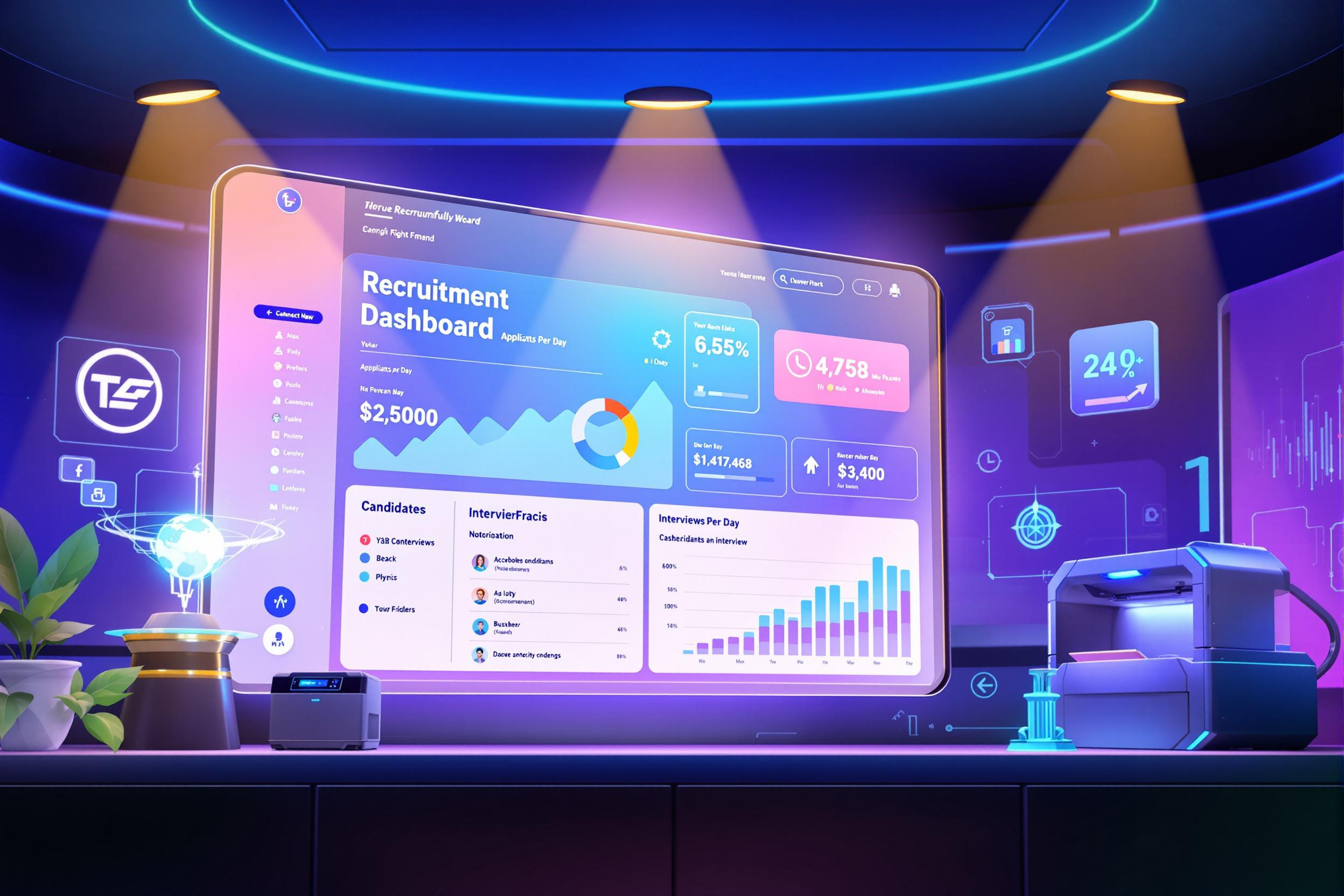
Ad Verification
Ad Verification is a process that ensures digital advertisements appear where they're supposed to, in front of the right audience, and in a brand-safe environment. Think of it like a quality control system for online ads. When companies spend money on digital advertising, they want to make sure their ads aren't showing up next to inappropriate content, aren't being clicked by bots instead of real people, and are actually visible to users when they load. Ad verification helps track and confirm all of these things. It's similar to having a security guard for digital advertising campaigns.
Examples in Resumes
Managed Ad Verification processes for campaigns worth $2M annually
Reduced fraudulent ad activity by 60% through implementing Ad Verification tools
Led team responsible for Ad Verification and brand safety initiatives across multiple client accounts
Typical job title: "Ad Verification Specialists"
Also try searching for:
Where to Find Ad Verification Specialists
Industry Organizations
Professional Networks
Job Boards
Example Interview Questions
Senior Level Questions
Q: How would you develop a strategy to combat sophisticated ad fraud?
Expected Answer: Should discuss comprehensive approach including multiple verification tools, real-time monitoring, pattern recognition, and working with third-party verification partners. Should mention experience leading teams and managing large-scale verification projects.
Q: How do you handle a situation where a major client's ads are found in non-brand-safe environments?
Expected Answer: Should explain crisis management process, including immediate steps to pause campaigns, investigation procedures, client communication strategy, and implementing preventive measures for the future.
Mid Level Questions
Q: What metrics do you use to measure ad verification success?
Expected Answer: Should mention viewability rates, fraud rates, brand safety incidents, geographic targeting accuracy, and how these metrics impact campaign performance and client satisfaction.
Q: Explain how you would set up brand safety guidelines for a new client.
Expected Answer: Should discuss working with clients to understand their brand values, creating customized keyword lists, setting up content categories to avoid, and implementing monitoring systems.
Junior Level Questions
Q: What are the main types of ad fraud?
Expected Answer: Should be able to explain basic concepts like bot traffic, domain spoofing, and click fraud in simple terms, showing understanding of why these are problems for advertisers.
Q: What tools are commonly used for ad verification?
Expected Answer: Should name major verification platforms and explain basic functions like checking ad placement, measuring viewability, and detecting suspicious activity.
Experience Level Indicators
Junior (0-2 years)
- Basic understanding of digital advertising
- Familiarity with verification tools
- Monitoring campaign performance
- Basic reporting and analysis
Mid (2-5 years)
- Advanced verification tool management
- Problem-solving for ad delivery issues
- Client communication
- Campaign optimization
Senior (5+ years)
- Strategy development
- Team leadership
- Crisis management
- Advanced fraud prevention
Red Flags to Watch For
- No knowledge of major ad verification platforms
- Lack of understanding about brand safety
- No experience with digital advertising metrics
- Poor analytical skills
- No familiarity with ad fraud types
Related Terms
Need more hiring wisdom? Check these out...

Resume Optimizations that Candidates Do to Get Past AI Hiring Filters

Talent Acquisition Automation: Revolutionizing Recruitment

How Recruitment Marketing Automation Is Reshaping Hiring Forever

